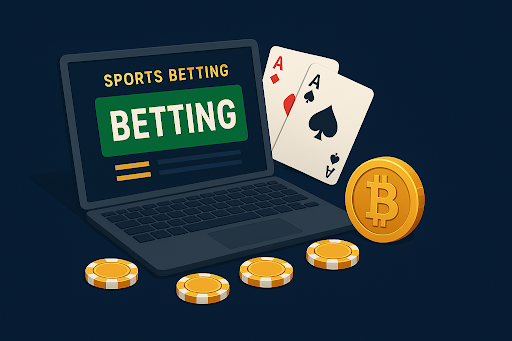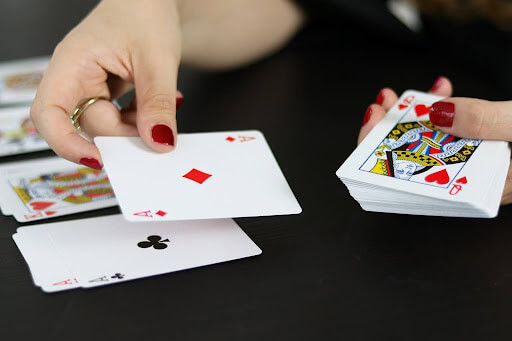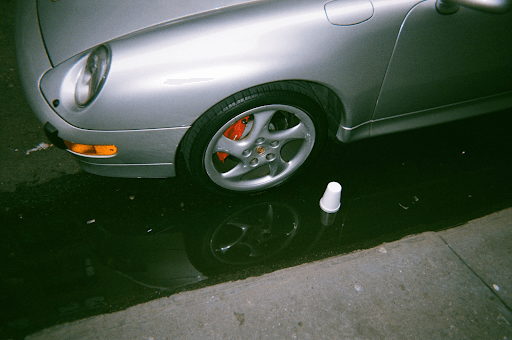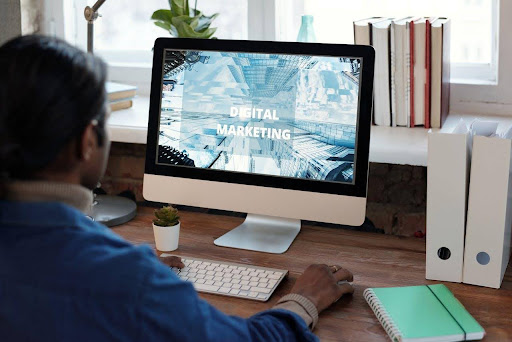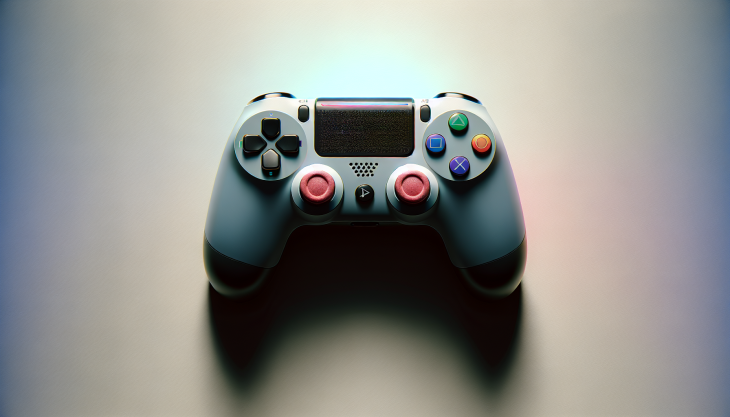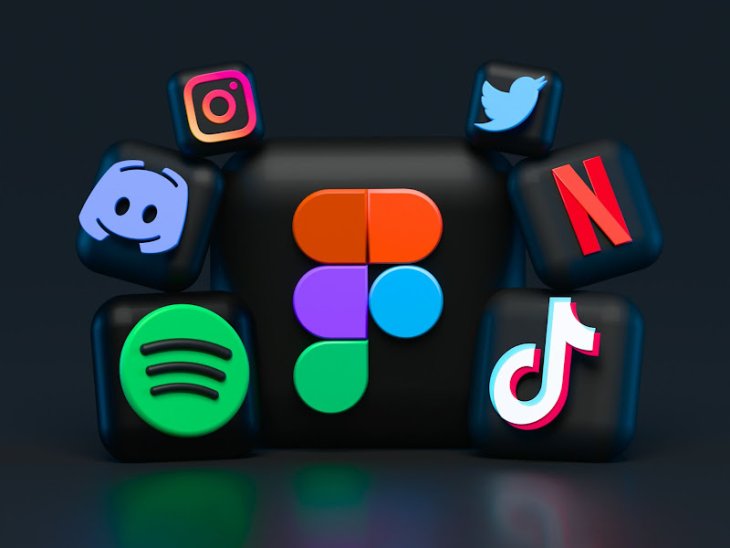When you’re in the consumer packaged goods business, you understand that retailers help your products get sold. Everything from their location in the store to their spot on the shelves can make or break your sales at a certain location. Not only that, but choosing the right retailer in the first place is critical. You can’t expect a high-end product to sell at bargain retailers like Walmart. Here are some tips to help you find the right retailers for your CPG company.
Identify Your Target Audience and Where They Shop
Every marketing plan requires you to understand who the people are who buy your products. Are they busy middle-income moms with 3-4 kids? Are they high-level executives who never had children? Identifying the right audience is an essential part of marketing. Your company’s products should appeal to a specific type of person, so you need to know who they are and where they shop. Before you start peddling your products, sit down and figure out the people who will go to a store, look at the shelves, and choose your product over someone else’s.
Be Intentional About Manufacturing the Product the Right Way
Consumer packaged goods start at the manufacturing level. Does your product have superior quality? Did you partner with a manufacturer for a particular reason? Do you have an eco-friendly focus? Why did you have the product made in the first place when there are other options on the market? Sometimes businesses get stuck at this spot because they don’t have the right manufacturer, or they can’t articulate the reasoning behind why their product exists when so many others do as well.
It’s important to get connected with manufacturing companies that share your vision and can help you carry it out, and you can do this by contacting companies through a platform called RIVIR. Their motto is: “Selling your product in the digital age just got easier.” With their approach, you can connect not only with manufacturers, but also with retailers who can get your products on the shelves and into people’s hands.
Understand What Your Audience Likes About Your Product
Once you know your target audience, you can create focus groups of people within that audience to try out your product. You can even ask questions about where these people are likely to buy your type of product, and if the price point you are targeting makes sense for them and their budget. Finding out what your audience likes about your product and company can help you use those words in your marketing plan. Just make sure that you meet compliance regulations for the product you sell.
Understand Your Competitors and Where They Sell
Know your competitors. You don’t want to copy everything they do, but you do need to understand the strengths and weaknesses of your competition to show how you can stand out. Understanding who your direct rivals are will help give context for where you can carve out a niche in the market by offering something new that no one else has done yet. As a CPG company, it also means knowing where your competitors sell their products. Are they primarily online? Or do they have a retail presence. If they are online, are they driving traffic through social media or through Google ads?
Create Distinct Branding to Stand Out
Branding is the key to building a successful business. Your brand must be memorable, unique and consistent. You want your customers to feel like they know you when they see or hear about you in their community and online. When people go to the store, they may have forgotten the name of your company, but they know to look for your packaging and branding. It’s important for brands to stand out from their competitors because there are so many products available today that consumers can choose from.
Develop and Design a Professional Sell Sheet
A sell sheet is a one-page document that describes your product. It’s usually the first thing retailers look at when deciding whether or not to carry your product, so it needs to be professional and well-designed. Include the product name and SKU, a description of your product, wholesale cost, and how consumers can use it, and high-quality images of your product in use. For instance, if you sell salsa, show an up-close image of the salsa with someone dipping a chip into it.
Visit Retailers in Person With a Sample Product
If you are going in person, bring your sell sheet and a sample of the product for the manager to try. You want to be able to convince them that your product should be on the shelves. Be prepared to answer questions about what you are selling and why it’s different from other products on the market. If you need help connecting with retailers, contact RIVIR for a unique approach to getting CPGs on the market.

